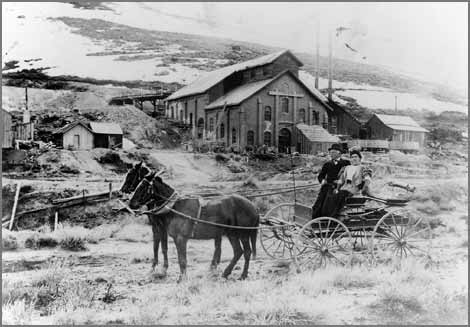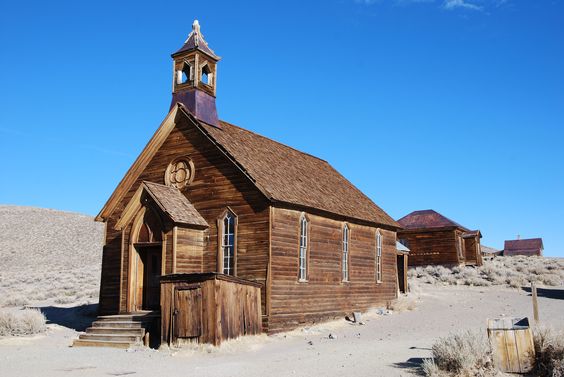Don’t be fooled by appearances. While you might be deceived by the sight of a deserted town or ruined city in the modern age, there is probably a great deal of history lurking beneath the surface, just waiting to be unearthed. Such is the case with the town of Bodie. While the place now stands as an untouched, ravaged ghost town, it was once the center of a great deal of dark activity, gaining itself a reputation for miles around.
Founded by W.S. Bodey in a rural area of California, the town of Bodie soon rose to fruition, becoming one of the central gold mining hubs between the years of 1877 and 1881. During that time, the town also gained notoriety of a different kind, soon becoming known as one of the toughest and most brutal places to live in the United States.
The town’s victories and subsequent troubles came to light with the discovery of a huge mine cave in 1875. With 10,000 tons of gold ore located inside, flocks of people soon arrived to the town in their thousands, creating a population that the town was so lacking.
The 10,000 or so new residents soon got to work constructing their very own homes and buildings. Not before long, new houses were built alongside hotels, schools, general stores, bowling alleys, a red light district and more than 60 saloons. While law officials were appointed to specific posts, they were lax about their duties and soon enough, violence began to spring up across the place.
With so many places for gambling and vice, the town soon became a hotspot for underhand happenings. Residents turned to alcohol and gambling to entertain themselves and not before long, things began to spiral out of control. The thirst for wealth that propelled some townspeople led to a number of armed robberies and brawls. Evidence even suggests that a number of law officials were in on the deals, bringing back a cut of the takings.
Fights were commonplace in the town and would break out for the most unimportant reasons. Petty quarrels were known to end in death, after those involved were failed to be put under adequate control. When men weren’t fighting over things like petty thefts and breakages, they were coming to blows over the local prostitutes. It wasn’t unusual for women of the red light district to be involved in any of Bodie’s brawls; out of 30 violent cases, it is estimated that the women were involved in 25.
As the morale declined quickly over the years, the finances in the town dried up. With gold mines quickly depleted, there was little to keep the town afloat and soon, townspeople began to suffer. Despite the small religious community, the slate could not be swept clean from the town and soon enough, inhabitants began to pack up their bags and leave.
Despite this fact, remaining townspeople still pushed for the town’s survival. The conjoining of two gold mines in 1887 did bring about a great deal of success for a period of two decades, helping people to stay afloat. Destruction brought about from fires, however, did a great deal of damage to some of the biggest mines in the area and after a few decades, things finally slowed down for good.
By the time the 1940s came around, Bodie was dead in the ground. With the place all but deserted, it was left to the history books, its sordid past being the only thing to stick around. Now, Bodie is a State Historic Park and can still be visited. Covered in dust and decay, the houses and buildings still stand, speaking of a more affluent, if violent, time.





